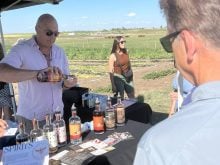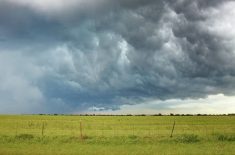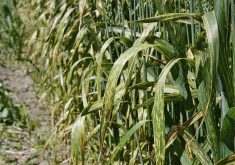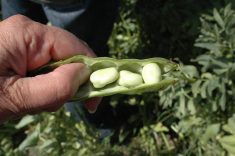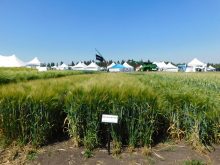Two years of rough weather conditions haven’t been enough to drive producers to increase their crop insurance coverage.
“I don’t think there’s a huge change in the overall level of insurance participation. The reasons people participate aren’t always dependent on the weather,” said Jesse Cole, research analyst at Agriculture Financial Services Corporation (AFSC).
“There could be a few more acres, but the program is fairly mature. While we might pick up or lose a per cent here or there, on average, it’s fairly saturated.”
Read Also
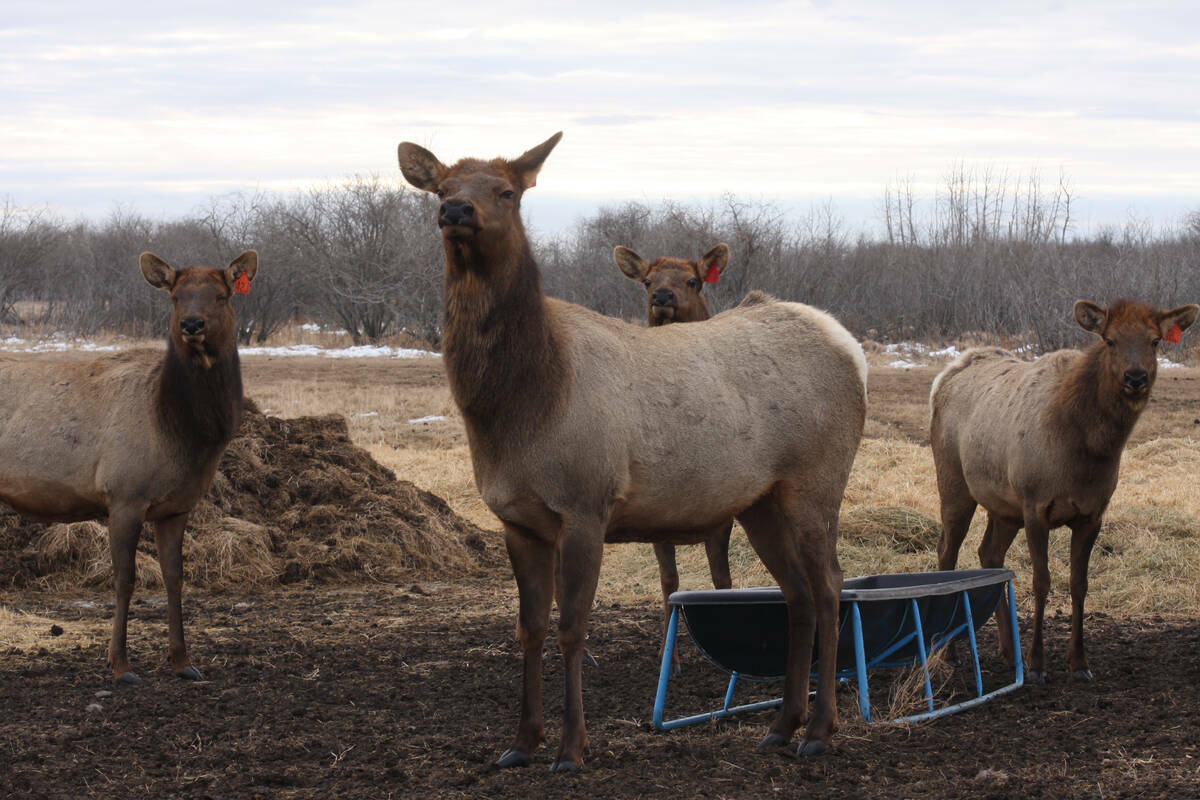
Cervid harvest preserves to be developed in the province under Bill 10
The Government of Alberta has given approval for creation of cervid harvest preserves.
AFSC insures about 75 per cent of annual crop acres in Alberta. But based on crop insurance land reports submitted to the agency, there were a few surprises in what Alberta farmers planted this year. (As of July 17, 95 per cent of those land reports had been submitted.)
“The big thing we saw this year was over 500,000 acres of unseeded land that guys couldn’t seed because it was too wet or they had some unharvested acres that are still out there,” said Cole.
“We’re still seeing some of the ripple effects from the spring with the unseeded acres. It’s no coincidence that the acres there are reasonably similar to the (number of) unharvested acres. There’s definitely a correlation there.”
Between 2012 and 2016, the average for unseeded acres in Alberta was around 76,000. That shot up to about 508,000 unseeded acres this year. As a result of those unseeded acres, AFSC pushed back its seeding dates for all annual crops it insures. The last time that happened was 2011, said Cole.
“2011 was a pretty substantial year,” he said. “There was quite a bit of moisture down in southern Alberta that caused issues with producers getting things in the ground. That was the last time we did a significant push-back on some of those recommended seeding dates.”
Unseeded acres may have also caused a drop in barley acres, from nearly 2.2 million acres in 2016 to 1.6 million acres in this year.
“I was thinking there would be more barley in the ground because it’s a crop that you can seed a little bit later, but what might be happening there is that the barley for grain didn’t get seeded and it’s going to silage,” said Cole.
“Our deadline for silage is substantially later than our deadline for barley, so there might be a significant amount of silage in this year. But that’s speculation at this point.”
Even so, malt barley acres have remained stable at around a half a million acres, which was also unexpected.
“I was surprised that there were as many malt acres insured this year as there were last year,” said Cole. “I would have thought that if barley in general went down, malt would go down too. But I think it’s geographic — that the commercial or feed barley is in those areas that had a lot of unharvested acres.”
Peas are down from about 1.5 million acres in 2016 to 1.3 million acres — a big drop but still strong compared to 2015’s 1.1 million acres.
“The price of peas right now is still good, and it’s an economically attractive crop to grow right now,” said Cole. “The seeding deadline for peas is earlier than for most crops, so there’s less opportunity to get them in the ground, but I think the economic incentive was enough that people got the peas in the ground.”
But the jump in lentil acres from around 313,000 acres in 2016 to around 339,000 acres this year was a surprise.
“Most of the lentils were in areas that didn’t have unharvested crops last fall, but it was a surprise to me to see that many acres,” he said. “It may indicate that lentils in Alberta are here to stay and are beginning to be a little bit more stable now.”
Wheat acres are “relatively stable” at around the five-million mark, and canola acres are up from 4.8 million acres in 2016 to almost 5.2 million acres.
Hemp plantings have shot up to 17,500 acres (versus 7,700 a year ago).
“With hemp, the processors are contracting again, so there are more acres of hemp in the province this year than there were last year,” said Cole.
Despite the relative stable number of insured acres in the province there’s always some value in producers looking at their risk management plans and “seeing if their numbers are working out without crop insurance,” said Cole.
“I’d look at long-run averages based on year-to-year variances and see if it works out on your farm,” he said.
“If your numbers are going up and down, you may be able to cut off some of those valleys by taking a look at whether crop insurance would make a big difference over time.”



